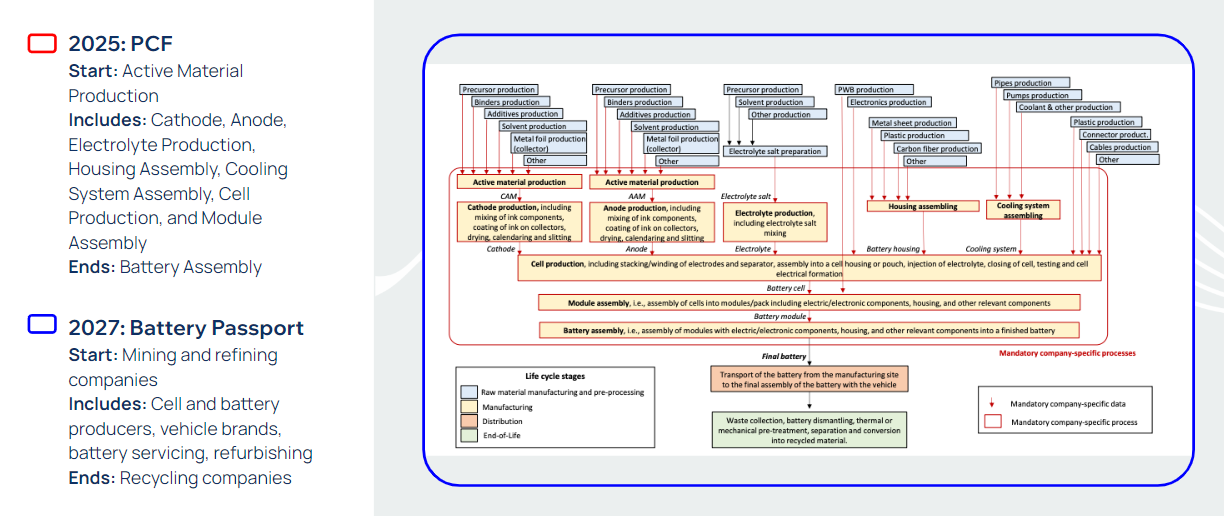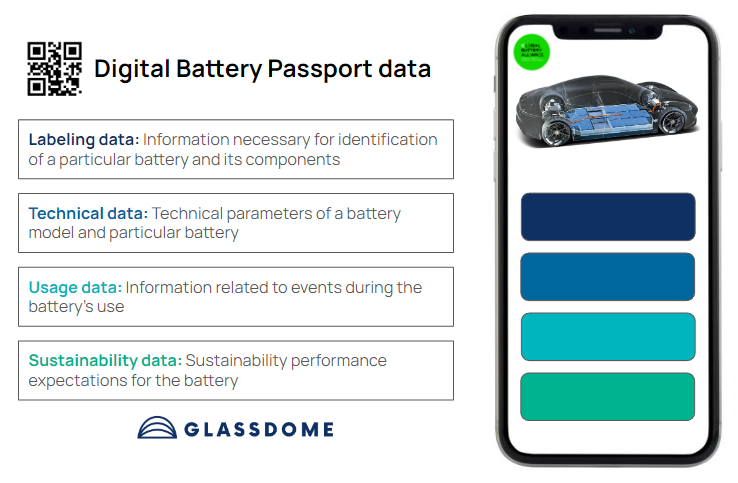If you work at the intersection of manufacturing and sustainability, you’ve probably heard about ISO 14067.
Whether you’re an automotive supplier whose OEM is asking for verified product carbon footprint data, a consumer tech company whose customers are getting suspicious of greenwashing, or a company that wants to do right by the environment, it’s something you need to know about.
At Glassdome, we’re proud to say our Product Carbon Footprint solution is ISO 14067 verified.
That’s why we’ve put together everything you need to know about ISO 14067 and why it matters to your business.
What is ISO 14067?
Let’s start with the basics. ISO stands for the International Organization for Standardization. As they succinctly put it, ISO “brings global experts together to agree on the best way of doing things.”
If a product or process is verified by ISO, it’s made in a way that holds up to the highest global standards.
The ISO 14067 standard codifies the principles, requirements, and guidelines for quantifying and reporting a product carbon footprint (PCF) (also known as a CFP, or carbon footprint of a product). It addresses only a product’s impact on climate change, excluding other social, economic, and environmental factors.
This standard is consistent with two international life cycle assessment (LCA) standards:
ISO 14040: LCA principles and framework
ISO 14044: LCA requirements and guidelines
But while an LCA covers climate change (carbon emissions), water, ozone, acidification, land use, and more, a PCF only looks at climate change impact measured through the carbon emissions created in the production of a product.
A similar, but not quite identical standard is ISO 14064, which covers an organization’s scope 1, 2, and 3 emissions, and is consistent with the GHG Protocol. Useful, but not a PCF.
ISO 14067 isn’t just important for corporate sustainability. It also aligns with UN Sustainable Development Goal 13 on Climate Action. Companies that follow it are helping to foster a better world for everyone.
What does ISO 14067 do for my business?
Getting an ISO 14067 verified PCF has a broad array of benefits for your business. They can include:
Reliable benchmarking for organizations and consumers: PCF is the only apples-to-apples comparison tool when comparing product sustainability. Facility or corporate level data doesn’t work at the product level given the massive amount of additional variables they bring to the comparison.
Trust and transparency: Greenwashing is rampant in sustainability declarations and advertising, and consumers are catching on. A verified PCF shows you take compliance seriously, and your data and improvement are trustworthy.
Streamlined compliance: As you’ll see below, by conducting your PCF calculation with a verified solution, you can cut down the time to comply with regulations from the EU, California, and others by weeks or months.
Improved efficiency: Once you know your PCF, you’ll know how to improve it. And happily for your bottom line, one of the best ways to do it is to increase efficiency. Sustainability improvement can go hand in hand with continuous improvement efforts in your facilities.
Strong sustainability foundation: Sustainability standards rarely live on their own. If you need to comply with standards like ISO 14001 (environmental management systems) or ISO 14025 (environmental labels), you need to start with a verified first step.
What does Glassdome’s ISO 14067 verification mean for me?
Like we said in the introduction, the Glassdome Product Carbon Footprint solution is ISO 14067 verified. But what’s that mean for your business specifically?
If your business deals with global environmental regulations like EU CBAM, California SB 253, or the Digital Battery Passport, you’ll enjoy a far simpler third-party verification process. Carbon emissions that are measured and reported through our platform will be ISO 14067 compliant by default. That cuts time, cost, and red tape.
And that is about to become very important. Emissions reporting for CBAM will be required by 2025. And once it’s implemented in 2026, third-party verification will be required. Also, Article 47 of the new EU Battery Regulation means many battery makers need to have verified PCFs sooner rather than later.
Third-party verification can take up to three months, and the cost can be quite high. By dramatically cutting the time to produce the report with our automated system, sometimes to as low as two days, and using a verified solution that knows exactly what verifiers need, you can sail through regulations with comparative ease.
What’s next?
Does an ISO 14067 verified PCF like something that your business might need? Just want to know more about how these regulations could impact your business? Drop us a line.
Get the true picture of the carbon footprint of your products. Before you customers demand it and you’re snarled in red tape.




 You need to start with a real-data-based Product Carbon Footprint.
You need to start with a real-data-based Product Carbon Footprint. For Industrial Batteries:
For Industrial Batteries: Also in 2027, that data will need to be stored in a publicly available Digital Battery Passport. The idea behind the gap is to give companies time to iron out the process before the repercussions for failure get more serious.
Also in 2027, that data will need to be stored in a publicly available Digital Battery Passport. The idea behind the gap is to give companies time to iron out the process before the repercussions for failure get more serious.








